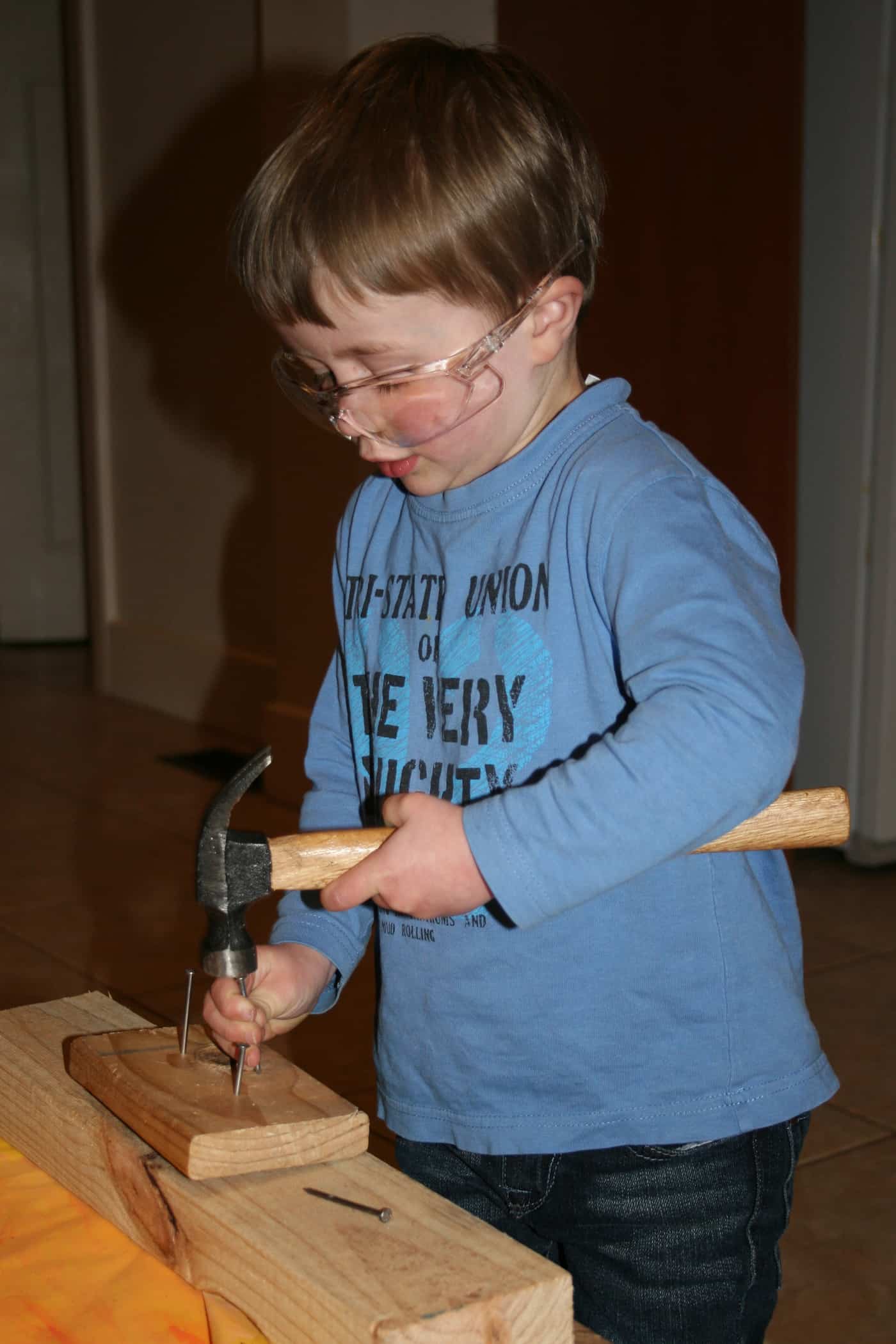One of the most discussed posts on this blog concerned an insurance company that paid the fines awarded against a company director. The company director had been found guilty of OHS breaches that led to the death of a worker. Yesterday, South Australia’s Deputy Premier and Minister for Industrial Relations. John Rau, said that he will be taking action to close the loophole that allows for this situation. But this is unlikely to succeed and may be a distraction from the more significant issue of new penalties for deterrence.
In a media release, not yet available online, Rau states that
“Insurance should not be the preference over safe equipment and safe workplace standards….
Whilst most employers do the right thing, this dodge effectively means that the incentive for a company to provide a safe environment for its workers is diminished or eliminated.”
Rau’s current strategy for closing this loophole, which is not really a legal loophole at all, is weak. Rau, a Labor Party politician, says that he will bring the matter to the attention of the Federal Minister for Workplace Relations, Bill Shorten. However, Australia is ten days away from an election that the current (Labor) government is tipped to lose.
Continue reading “MP wants to close a dodgy loophole but vision is what’s needed”

 I was reminded of my colleague’s regrets when someone on a construction site recently asked for my opinion on some pictures of her son, at a childcare centre, hitting some nails into a block of wood. The boy (pictured right, at home) was wearing safety glasses, albeit a little large; the “work area” was separated from the rest of the children and the boy was supervised at all times by a child care worker. I was told that some of the parents had expressed concern that such an activity should not be happening in a childcare centre due to the potential risk to other children.
I was reminded of my colleague’s regrets when someone on a construction site recently asked for my opinion on some pictures of her son, at a childcare centre, hitting some nails into a block of wood. The boy (pictured right, at home) was wearing safety glasses, albeit a little large; the “work area” was separated from the rest of the children and the boy was supervised at all times by a child care worker. I was told that some of the parents had expressed concern that such an activity should not be happening in a childcare centre due to the potential risk to other children.